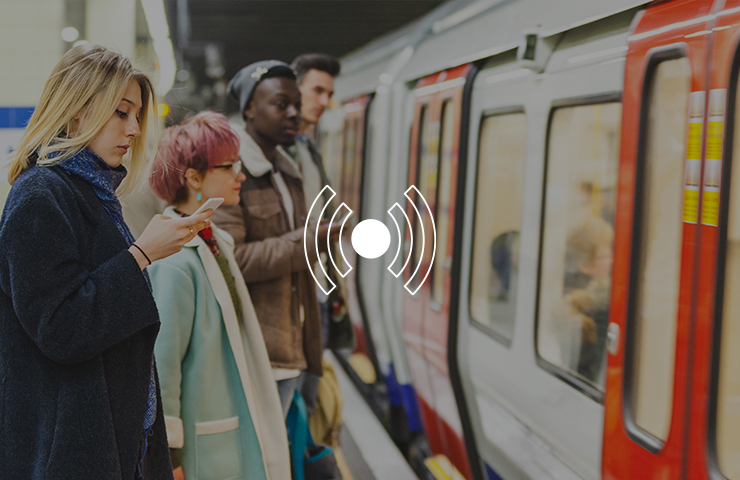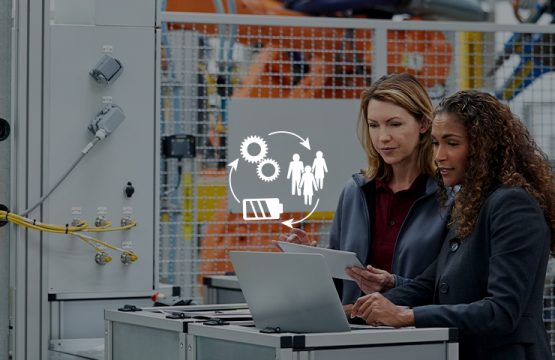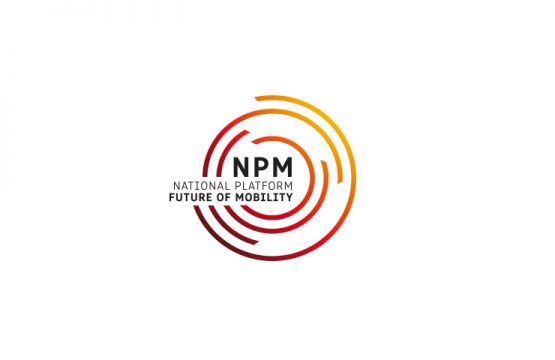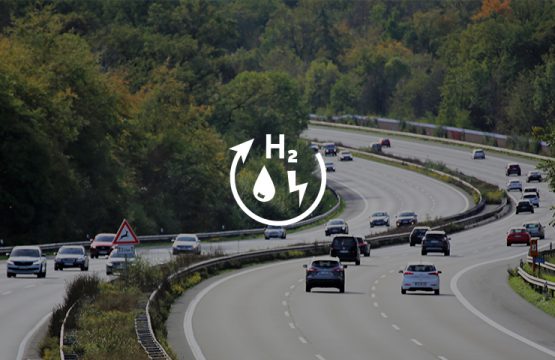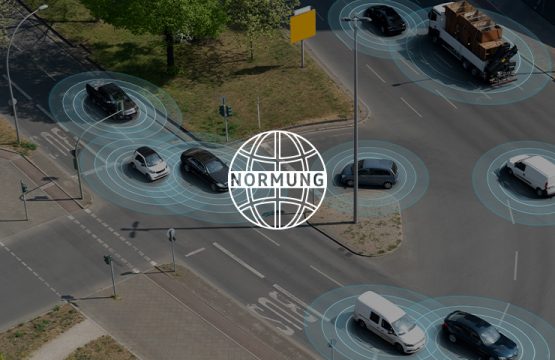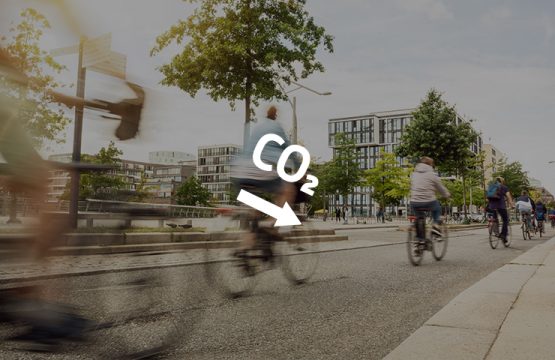An inter- and multimodal mobility system can make a huge contribution towards more sustainable transport. This requires the systematic connection of modes of transport and users as well as attractive offers and incentives in order for users to switch to climate-friendly alternatives. In its sixth interim report, Working Group (WG) 3 Digitalisation for the mobility sector presents solutions for the application of mobility budgets and digital parking management which act as incentives.
Mobility budget
Employers provide a set budget to their employees which they can spend on mobility services. This enables employees to become more flexible in their mobility behaviour because they can decide for themselves whether and how they want to use public transport, taxis, rental or company cars. Because there is the option of combining different modes of transport inter- and multimodally, users can make deliberate, environmentally-friendly choices.
Some early-stage mobility budgets have already come onto the market. Challenges are the largely manual administration of employee data and the transmission of fiscal data. The associated red tape is putting many companies off and is hampering the widespread use of mobility budgets. Furthermore, mobility budgets are still not covered by specific provisions in the German taxation system.
WG 3 has identified the following action points around mobility budgets and recommends:
- Simplifying and incentivising the introduction, application and implementation of mobility budgets vis-à-vis employers using digital instruments;
- Using mobility budgets for data-based optimisation of mobility provision;
- Enabling mobility budgets to function as an attractive additional tax advantage for employees.
Digitalisation of parking management
Limited parking spaces and increasing traffic volumes are the cause of parking pressure in towns and cities, of increasing traffic related to people looking for spaces and of more vehicles being parked illegally, which in turn poses a risk to weaker road users such as cyclists and pedestrians.
The new report focusses on connecting parking spaces via digital means. The entire parking process, i. e. information on available parking spaces, reservation and booking services, billing and payment, should be available to the customer in a digitally integrated way (e. g. occupancy status of charging stations). Parking is not just seen as leaving your vehicle in a particular place, but as part of a continuous travel process which needs to offer a connection to the next mobility service. This requires the availability of reliable static and dynamic real-time data.
It is a challenge for local authorities to combine requirements for transport with safe and attractive urban planning. Digital parking management which includes park & ride spaces and mobility hubs provides the opportunity to integrate mobility services and the expectations related to the public transport area within a town or city. Users would like various aspects to be considered: safety, transparent prices, easy use and comfort as well as sufficient parking capacities.
WG 3 has identified the following action points around digital parking management:
- Digitalising parking infrastructure: In order to offer consistent data-based parking management information and services, providers and operators of car parks and parking facilities, charging infrastructure and mobility services need to be enabled to provide their static and dynamic data in a standardised format in line with competition.
- Developing consistent information and services: Digitalisation of the physical transport infrastructure should be complemented by consistent, digital parking information and services. The entire parking process, i. e. information on available parking spaces, reservation and booking services, billing and payment, should be available to the customer in a digitally integrated way.
- Meeting the requirements of central mobility platforms: The wide range of data should be provided, bundled and managed digitally. In Germany, this can be done via the National Access Point (NAP and DRM).
- Prioritising digital parking management in mobility hubs: It is appropriate to intercept commuter traffic around urban areas in so-called “change hubs”. Motorists should be able to change onto public transport easily and comfortably. In these change hubs, services for the first and last mile should also be offered.
- Targeted funding programmes are to support the development of digital services across all modes of transport (e. g. mobility hubs – embedded in integrated, intermodal mobility concepts).
The report is now available to download on the NPM website www.plattform-zukunft-mobilitaet.de/berichte/ (in German).
About NPM – National Platform Future of Mobility
The National Platform Future of Mobility brings together experts in the fields of politics, the private sector, associations, research institutes and NGOs to develop visions for sustainable, environment- and climate-friendly, affordable and competitive mobility in Germany. Presided by Prof. Dr. Henning Kagermann, six working groups develop intermodal guidance to politicians, businesses and society in a technologically-neutral way.
Contact:
Alexandra Huß
Communication advisor
Office of the Chairman of National Platform Future of Mobility
huss@acatech.de
+49 (0)30 / 206 30 96 86
+49 (0)160 / 714 93 25
